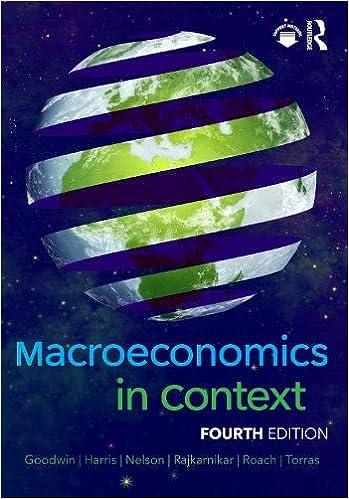1. 3. A forest originally has 10,000 trees. Suppose that the forest naturally replenishes itself by 10...
Question:
1. 3. A forest originally has 10,000 trees. Suppose that the forest naturally replenishes itself by 10 percent per year. at is, at the end of one year, if nothing else happened, it would have 10,000 + (0.10 ×
10,000) = 11,000 trees. (is assumption is not biologically accurate, but it keeps the math simple.)
Suppose that 1,500 trees are harvested at the end of ea year.
a. How many trees will the forest have at the end of one year, aer accounting for both natural replenishment and the effects of harvesting?
b. Draw a sto flow diagram illustrating the ange in the forest sto from year 1 to year 2.
c. How many trees will there be at the end of two years? (Note: Base the 10 percent replenishment amount on the number of trees that exist at the beginning of the second year.)
d. How many trees will there be at the end of three years?
e. For the harvest of trees to be sustainable, what is the largest number of trees that could be harvested ea year (starting with the original sto of 10,000 trees)?
Step by Step Answer:

Macroeconomics In Context
ISBN: 9781032170374
4th Edition
Authors: Neva Goodwin, Jonathan M. Harris, Julie A. Nelson, Pratistha Joshi Rajkarnikar, Brian Roach, Mariano Torras






